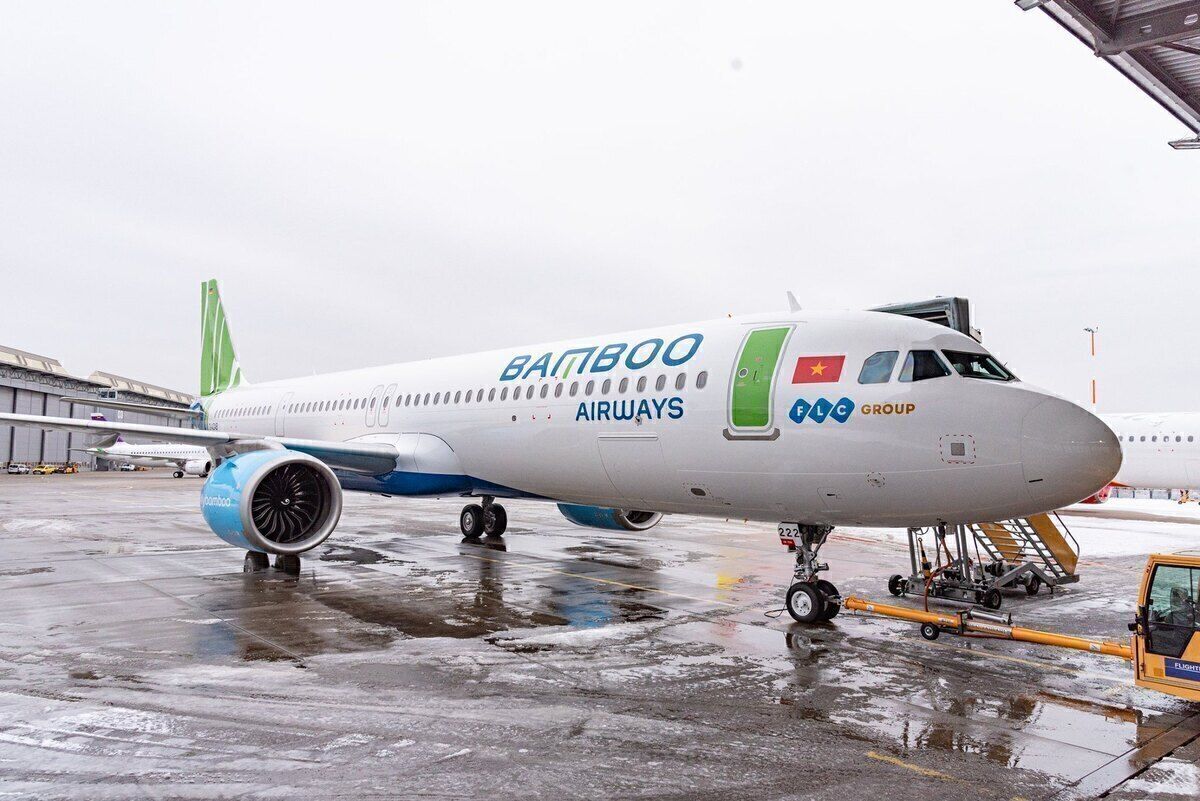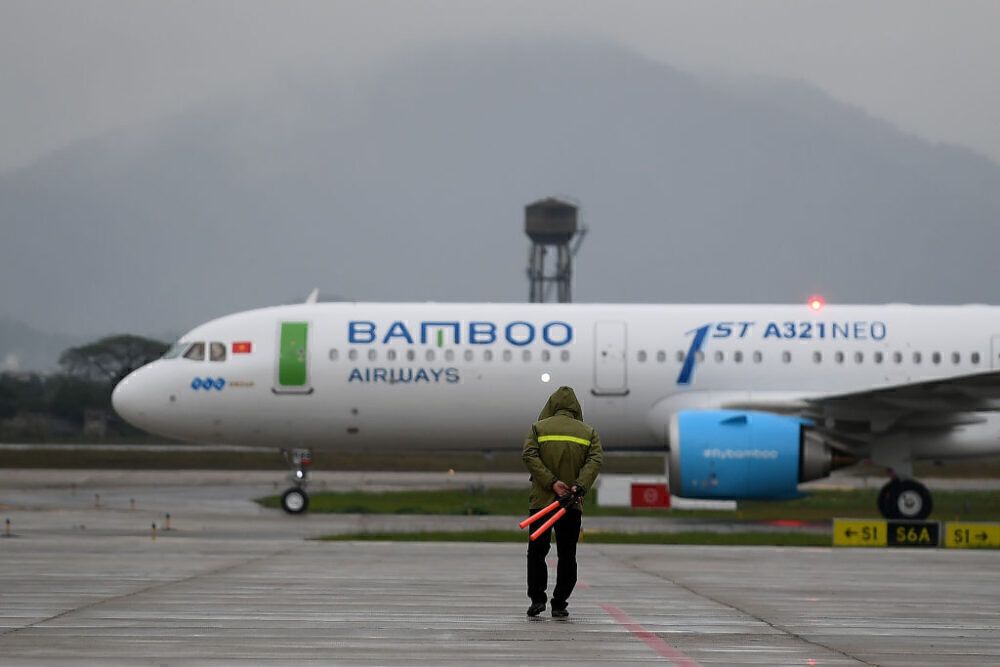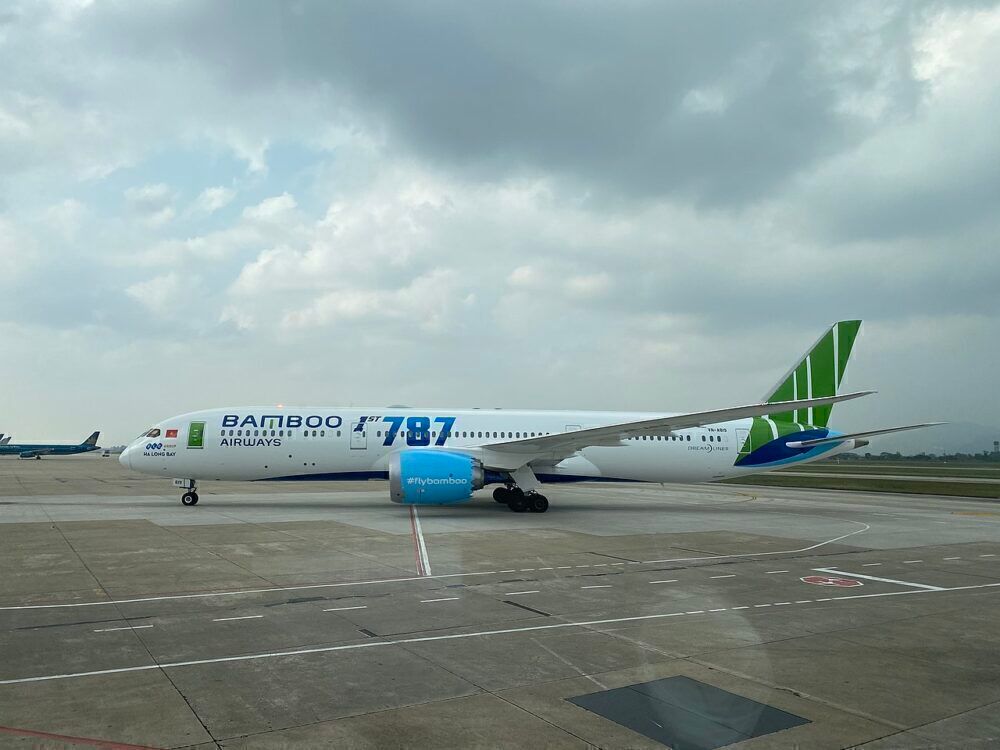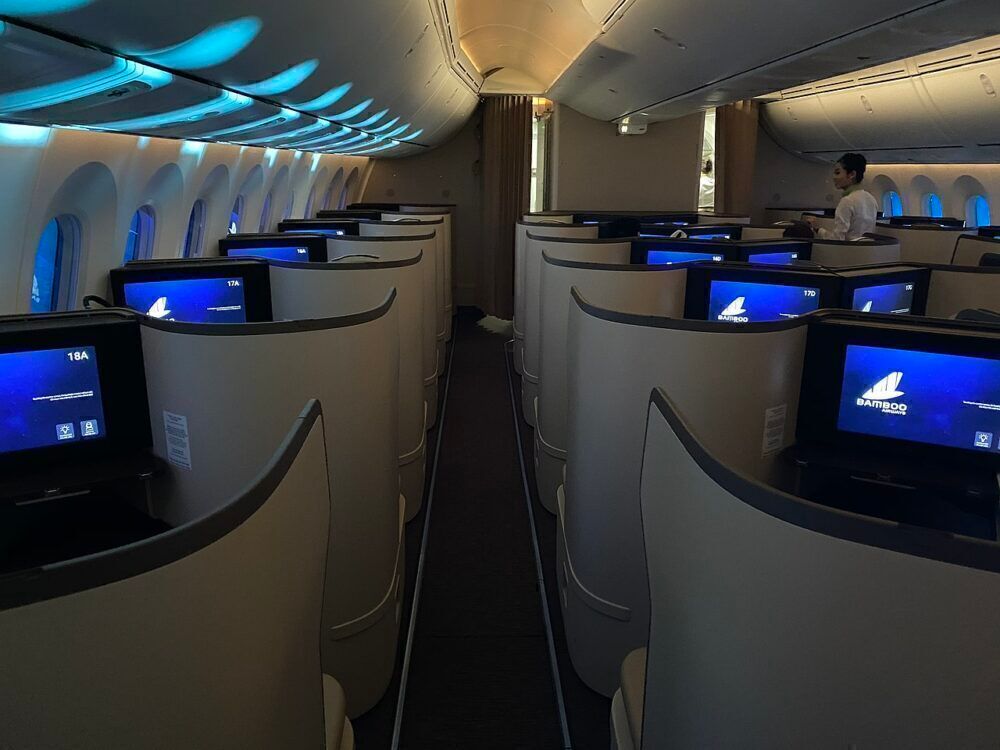Since commencing operations in January 2019, Vietnamese leisure carrier Bamboo Airways has gone from strength to strength. The airline serves a wide variety of domestic routes and a selection of Asian international destinations. Alongside its diverse route network, it has built up a solid fleet, despite the industry's coronavirus-based difficulties. With more growth expected both in terms of its network and its fleet, let's look at how Bamboo Airways has done it.
A strong market for start-ups
Bamboo Airways is a leisure airline based in Hanoi, Vietnam. It was founded in 2017 and commenced its operations in January 2019. This meant that, by the time the coronavirus pandemic hit commercial aviation in 2020, it had only been flying for just over a year. One might have thought that this would have left the carrier in a precarious position.
However, Bamboo has been able to weather the storm thus far. In fact, it has continued to plan for growth at an impressive rate. A useful factor that has helped the airline to remain stable is the fact that Vietnam represents a very strong market for startup airlines.
Stay informed: Sign up for our daily and weekly aviation news digests.
As Simple Flying explored last December, the country has a steadily expanding airline market that saw 20% growth in the five years before coronavirus. This reflects Vietnam's economic growth as a whole, with its GDP rising by 225% in 10 years.
This has resulted in a lucrative domestic market which startups like Bamboo are eager to capitalize on. This is exemplified by the Hanoi-Ho Chi Minh City corridor, which is the world's fourth-busiest domestic route. But how has Bamboo's fleet grown correspondingly?
A fast-growing fleet
At the time of writing, Planespotters.net reported that Bamboo's fleet consisted of 28 aircraft. The majority of these were not brand-new upon arriving at the airline, but they still have a relatively young average age of around seven years old.
Simple Flying reported in March 2021 that Bamboo was planning to almost double its fleet size by the end of the year, targeting 50 aircraft. It has worked towards this goal with several interesting acquisitions in recent months.
For example, January 2021 saw it receive its first brand-new Airbus A321neo. Its other examples had been pre-owned. It has also looked beyond Airbus's catalog to bolster its fleet, taking on the Embraer E195 in September 2020. It plans to base these aircraft in Can Tho.
However, the airline's flagship is the Boeing 787-9 'Dreamliner.' The first of three 787s arrived at Bamboo in December 2019, entering service the following month. This made the airline the first privately-owned Vietnamese carrier to fly a widebody aircraft. Of the three Dreamliners, two were brand new, and the other came from Hainan Airlines. These aircraft indicate Bamboo's admirable long-haul ambitions, but where is it looking to fly next?
Eyeing long-haul network expansions
Since the coronavirus pandemic began, Bamboo has operated long-haul repatriation flights with its Dreamliners. These have served European countries, including Germany, Italy, and the UK. However, the airline is also planning to launch scheduled intercontinental flights.
For example, it is aiming to begin serving Europe from Hanoi and Ho Chi Minh City, having secured valuable slots at London Heathrow. It also has long-haul ambitions regarding North America. These may soon be realized, as the Department of Transportation recently granted Bamboo permission to operate non-stop flights between Vietnam and the US.
Finally, the presence of the Boeing 787-9 in Bamboo's fleet has also allowed it to consider a foray into the Australian market. Simple Flying reported last September that it was hoping to commence services to Melbourne, due to the city's large Vietnamese diaspora. Overall, Bamboo Airways is a fascinating airline in a strong position to grow both its fleet and its network. It will certainly be interesting to see how it progresses further in years to come.
What do you make of Bamboo Airways? Have you ever flown with the Vietnamese carrier? Let us know your thoughts and experiences in the comments!




